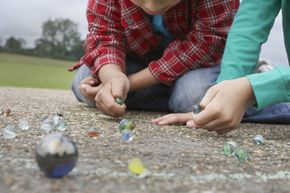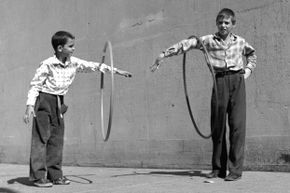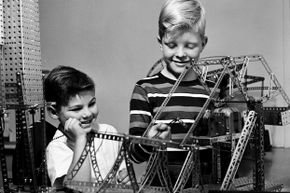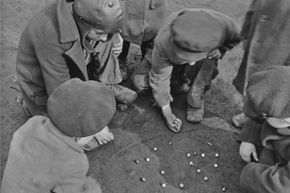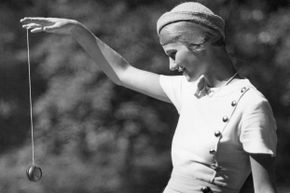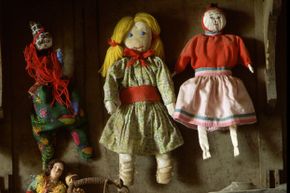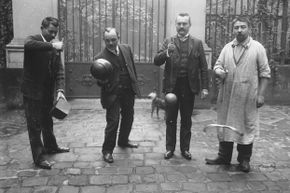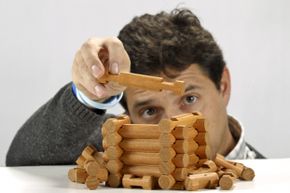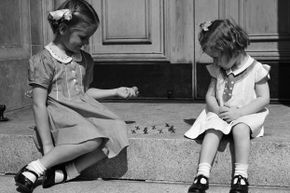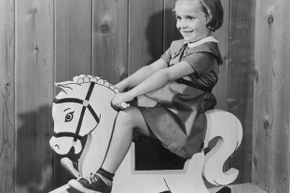Thanks to industrialization and changing attitudes about child labor, kids today enjoy significantly more leisure time than children living a century ago or more. Despite having fewer hours for playtime, children throughout history found ways to entertain themselves, even if the only toys available were bits of rock or scraps of fabric. Creative kids found ways to transform whatever materials they had on hand into toys that gave them just as much amusement as today's cutting edge electronics. Read on to learn about the history of play and explore some of history's top toys, from the rudimentary jacks of the caveman days to the steel building sets of the early 19th century.
Advertisement
